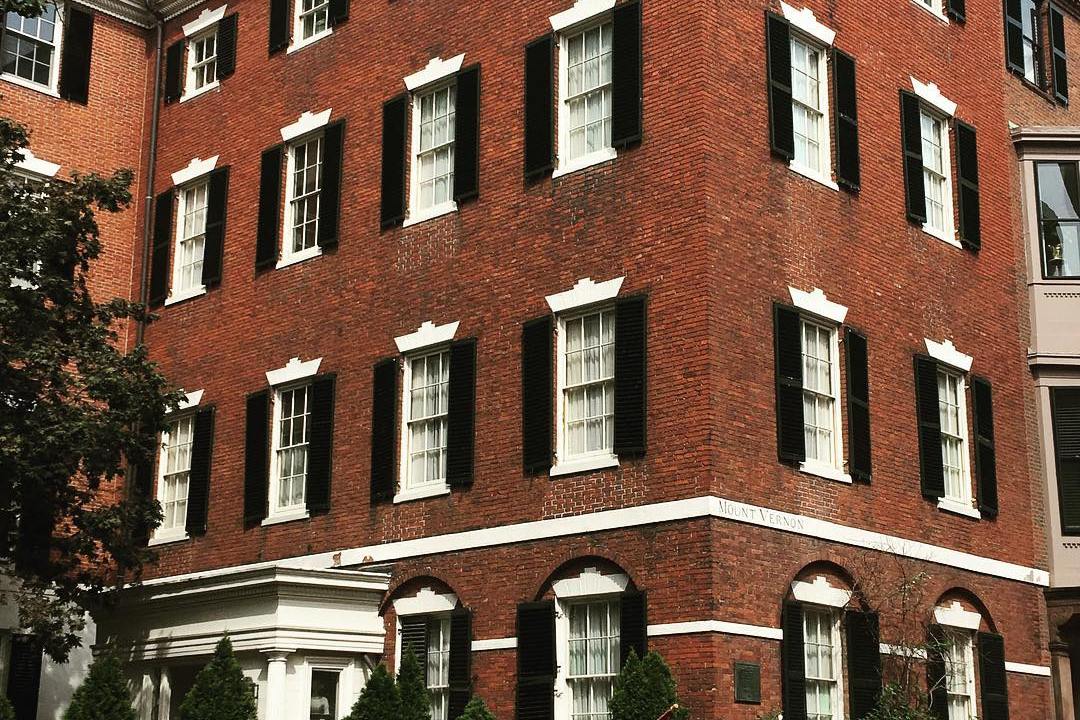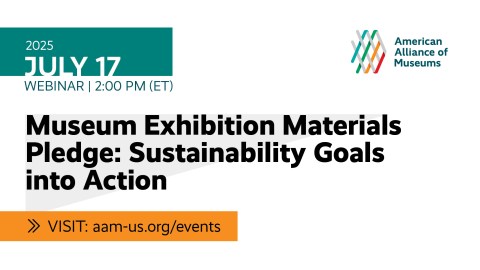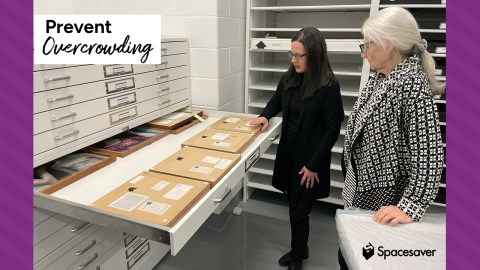
Over the past few week’s we’ve heard from the Imagine Children’s Museum, the Mob Museum, and the Museum of Danish America on what it means to achieve accreditation. This week we hear from Victoria McKay, executive director, of the Nichols House Museum.
1. What does accreditation mean to you personally and/or to your museum?
We are very proud of our accredited status. As a small museum, we are honored to be a part of the 3% of museums in the US that are accredited. While we are incredibly pleased to be recognized for operating at the highest level of professionalism, careful stewardship of our collection, and overall best practices, what brings us the greatest is honor is being recognized for providing excellent service to our public.
Accreditation will open many collaborative programming opportunities and other partnerships, help to attract and retain talented staff and volunteers, and give donors, grant-makers, and other funders comfort in our ability to appropriately steward their investments and channel them into the delivery of our mission.
2. Is there anything you wish you’d known before embarking on the process?
We knew that the process would be a lot of work, but we did not know how very helpful and responsive our AAM program manager (and the rest of the accreditation team) would be. My advice to anyone planning to embark on the process is to know that it will take a lot of time and effort from all areas of your organization and to plan to leverage the expertise of the AAM staff as much as possible as they are truly there to help. I would also say that the process was a great way for the staff and board to work together and established a great deal of cohesion among everyone involved.
3. What is one thing you’d like to share about your museum? One thing you wish everyone knew about your museum?
In addition to showcasing a Federal style house with a terrific collection of furniture, art, and material culture objects, the museum interprets the story of a Progressive Era family and the ideas that were important to them. The Nichols family embodied many of the ideals of the Progressive Era, including equality for women, education for all, prison reform, and the resurgence of the handmade. We have been working on bringing many of these ideas to the fore by developing innovating programming and exhibitions. Currently, we have an exhibition of contemporary emerging artists throughout the museum that references the history of craft and the ideals of Arts and Crafts movement that were important to the Nichols family. Contrary to what some folks may think about historic house museums, our exhibitions allow us to create subtle changes inside the museum, and our programs activate the space and bring new ideas to our public. There is always something new to see and be inspired by at the Nichols House Museum.
About the Nichols House Museum
The Nichols House Museum preserves and interprets the 1804 Federal townhouse that was home to landscape gardener, suffragist and pacifist Rose Standish Nichols and her family. Their home and its original art and furnishings provide a glimpse into life on historic Beacon Hill from the mid-19th to mid-20th century. The museum educates and inspires the public through innovative programs, and it continues the conversation on the social concerns the Nichols family embraced that are still relevant today.







